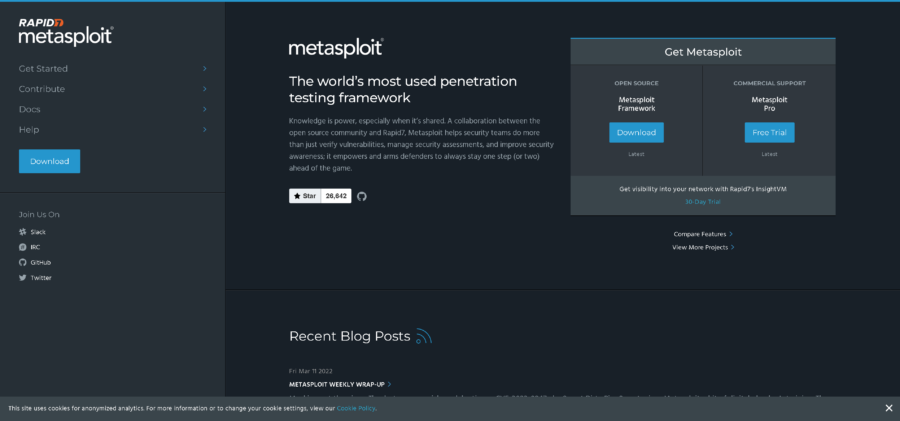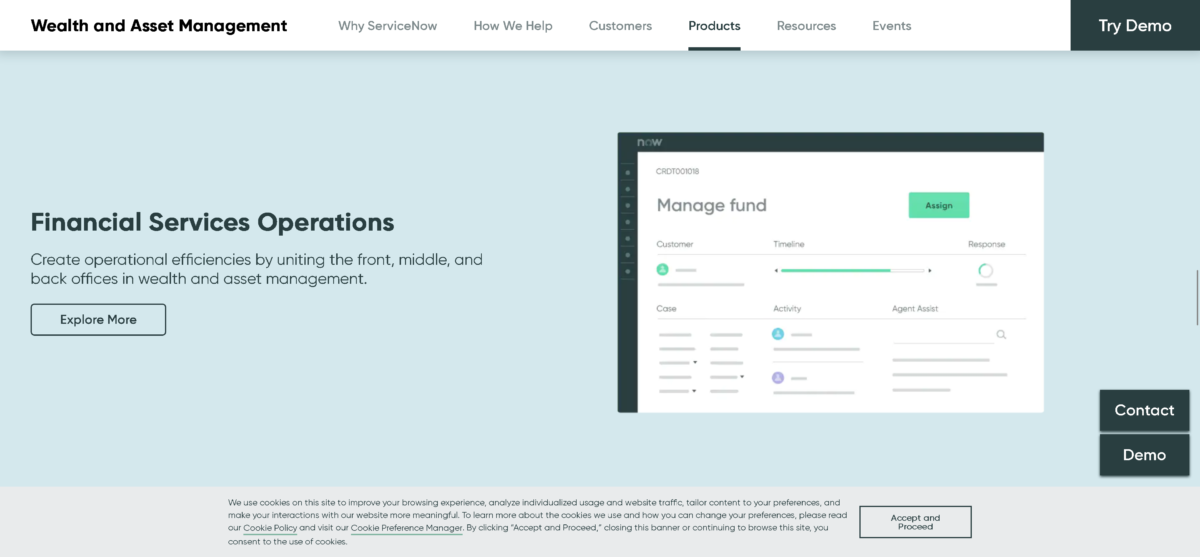As disruptive technology changes the way businesses operate and communicate internally and externally, companies are facing increasing complexity of governance, compliance and risks. The need for a high degree of agility and transparency in the GRC program is imperative today. But organizations usually respond in a piecemeal way to these new pressures as these compete with the management’s time and available resources. The consummation of IT is also creating a bigger challenge for organizations to establish a comprehensive GRC program with proper governance structure enterprise-wide. The result is a haphazard collage of process monitoring and reporting tools that potentially increases costs and risks.

Here are 5 myths that add mystery to the effective implementation of a GRC program with 5 supporting facts that work:
Myth: Mine is a small company, I don’t need any Governance processes in place!
Fact: Small companies who think they don’t need “governance” have unofficial governance in place. Governance really means, defining how the organization should get its work done. Defining what is expected of these processes are usually Policy and Procedures.
Myth: GRC is all about technology.
Fact: GRC in fact, is optimizing performance against an organization’s goals and objectives, while managing risks and being compliant. It’s about Principled Performance with the elimination of silos and fragmentation among organizations and processes involved in GRC.
Myth: The reactive, check box compliance mentality works best for an efficient GRC program.
Fact: An haphazard collage of silo-ed , reactive compliance measures potentially increase costs and risks. Your organization needs to take advantage of real time service performance, security, and operational information to enable real time risk assessment and fine grained business impact analysis.
Myth: Today, there are multiple disciplines under your organization’s GRC umbrella, each of which has their own internal processes, policies, and controls. It’s easy to manually achieve end to end visibility across this entire information space such that you reduce your risk exposure.
Fact: Manual is passe’. With manual processes you struggle to gain any sort of scientific- led visibility on your operational and risk posture. The time taken for your team to assess the dependencies across risks, compliance, business and operations is long. As a result, your organization remains exposed to recurring compliance and audit failures, data breaches, IP losses, and service performance failures.
Myth: An optimal GRC management tool works wonders to your risk, compliance and governance processes.
Fact: There is no such thing as GRC management, only the management of GRC processes. To top it all, an automated cloud based service management platform to manage your GRC processes is a boon for your operating managers. It’s beneficial to get a single window 360 degree view across simultaneous processes, policies and controls. With service management you can extend your investments to break down siloes, operationalize integrated GRC, and enhance the efficiency and efficacy of your GRC.
An organization’s GRC approach has a dramatic positive impact on organizational effectiveness by providing a clear, unambiguous process and a single point of reference for the organization. Your GRC approach and the tools that help you achieve that should eliminate redundancy, duplicative software, hardware, training and rollout costs. The GRC process and approach you employ should provide you with a single source of truth for your employees, management and stakeholders.
By Sheetal Kale





